

Japanese green teas
Green tea has been enjoyed since ancient times in China (the origin of tea) and Japan, where it is most frequently drunk. Green tea has also gained in popularity among Europeans and Americans in recent years for its health-giving properties.
Green teas are categorized according to type and production method, and flavors vary. In general, however, green tea is made in China by roasting the tealeaves in a pot, offering a refreshing, aromatic flavor. In Japan, the green tealeaves are steamed, producing a sweet, delicate flavor.
Our selection of the best natural japanese green teas :
Sencha, Houjicha, Genmaïcha, Gyokuro, Matcha and also flavored japanese green teas.
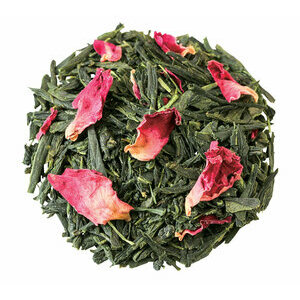 WHITE PEACH SENCHA
WHITE PEACH SENCHA
Green tea | Japan
from 9,80
WHITE PEACH SENCHA
WHITE PEACH SENCHA
Green tea | Japan
from 9,80
EARLY JAPAN
Available in august
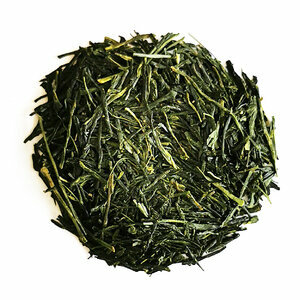 SENCHA "TANEGASHIMA" 2025
SENCHA "TANEGASHIMA" …
2025 Early green tea | Japan
from 19,80
SENCHA "TANEGASHIMA" 2025
SENCHA "TANEGASHIMA" …
2025 Early green tea | Japan
from 19,80
DISCOVERY
 15 TEA BAGS ASSORTMENT
15 TEA BAGS ASSORTMENT
15 tea bags assortment
13,00 €
15 TEA BAGS ASSORTMENT
15 TEA BAGS ASSORTMENT
15 tea bags assortment
13,00 €
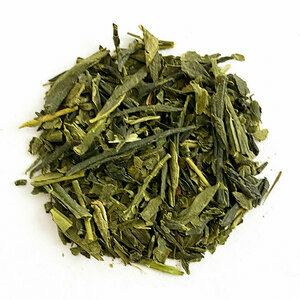 SENCHA BENIFUKI
SENCHA BENIFUKI
Sencha Green tea | Japan
from 6,70
SENCHA BENIFUKI
SENCHA BENIFUKI
Sencha Green tea | Japan
from 6,70
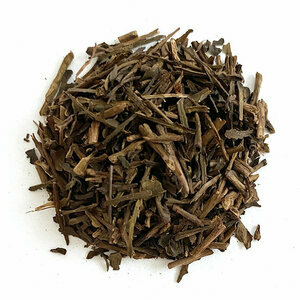 HÔJICHA "KAGE"
HÔJICHA "KAGE"
Hτjicha Green tea | Japan
from 9,60
HÔJICHA "KAGE"
HÔJICHA "KAGE"
Hτjicha Green tea | Japan
from 9,60
 KUKICHA "MIDORI"
KUKICHA "MIDORI"
Kukicha Green tea | Japan
from 10,60
KUKICHA "MIDORI"
KUKICHA "MIDORI"
Kukicha Green tea | Japan
from 10,60
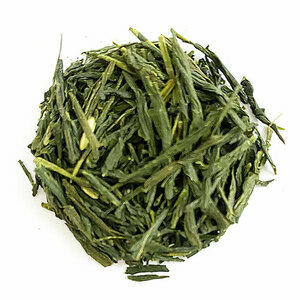 SENCHA "OSUMI"
SENCHA "OSUMI"
Sencha Green tea | Japan
from 16,80
SENCHA "OSUMI"
SENCHA "OSUMI"
Sencha Green tea | Japan
from 16,80
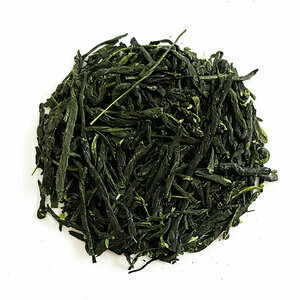 KABUSECHA "ASAGIRI"
KABUSECHA "ASAGIRI"
Kabusecha green tea | Japan
from 15,80
KABUSECHA "ASAGIRI"
KABUSECHA "ASAGIRI"
Kabusecha green tea | Japan
from 15,80
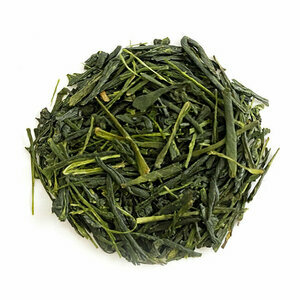 GYOKURO "SHIZUKU"
GYOKURO "SHIZUKU"
Gyokuro green tea | Japan
from 26,00
GYOKURO "SHIZUKU"
GYOKURO "SHIZUKU"
Gyokuro green tea | Japan
from 26,00
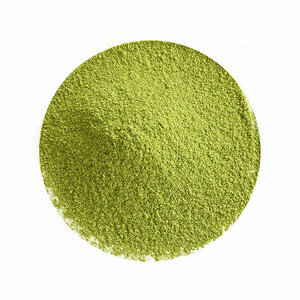 GENMAÏCHA POWDER
GENMAÏCHA POWDER
Genmaοcha Green tea | Japan
13,80 €
GENMAÏCHA POWDER
GENMAÏCHA POWDER
Genmaοcha Green tea | Japan
13,80 €
EARLY JAPAN
Available in august
 SENCHA "SHOJU" 2025
SENCHA "SHOJU" 2025
2025 Early green tea | Japan
from 22,80
SENCHA "SHOJU" 2025
SENCHA "SHOJU" 2025
2025 Early green tea | Japan
from 22,80
EARLY JAPAN
Available in august
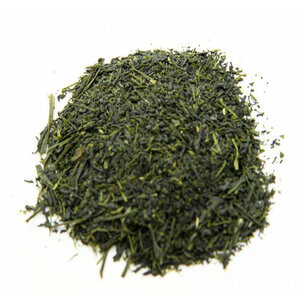 SENCHA "CHIRAN" 2025
SENCHA "CHIRAN" 2025
2025 Early green tea | Japan
from 18,20
SENCHA "CHIRAN" 2025
SENCHA "CHIRAN" 2025
2025 Early green tea | Japan
from 18,20
EARLY JAPAN
Available in august
 KAMA-IRI CHA "GOKASE" 2025
KAMA-IRI CHA "GOKASE" …
2025 Early green tea | Japan
from 19,60
KAMA-IRI CHA "GOKASE" 2025
KAMA-IRI CHA "GOKASE" …
2025 Early green tea | Japan
from 19,60
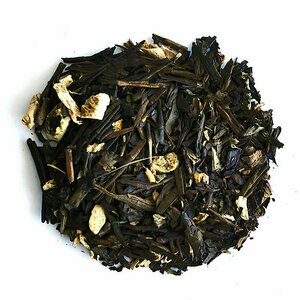 HÔJICHA KABOSU & GINGER
HÔJICHA KABOSU & …
Hτjicha Green tea | Japan
from 6,30
HÔJICHA KABOSU & GINGER
HÔJICHA KABOSU & …
Hτjicha Green tea | Japan
from 6,30
EARLY JAPAN
Available in august
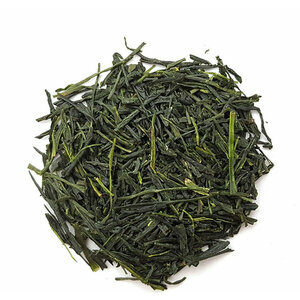 SENCHA "UJI" 2025
SENCHA "UJI" 2025
2025 Early green tea | Japan
from 19,60
SENCHA "UJI" 2025
SENCHA "UJI" 2025
2025 Early green tea | Japan
from 19,60
EARLY JAPAN
Available in august
 SENCHA "YAKUSHIMA" 2025
SENCHA "YAKUSHIMA" …
2025 Early green tea | Japan
from 17,80
SENCHA "YAKUSHIMA" 2025
SENCHA "YAKUSHIMA" …
2025 Early green tea | Japan
from 17,80
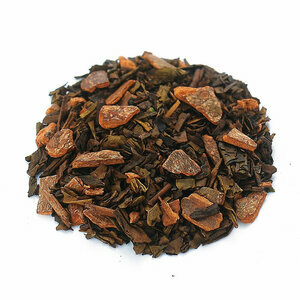 HÔJICHA "HATSUNE"
HÔJICHA "HATSUNE"
Hτjicha Green tea | Japan
from 6,30
HÔJICHA "HATSUNE"
HÔJICHA "HATSUNE"
Hτjicha Green tea | Japan
from 6,30
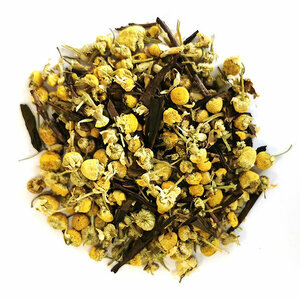 HÔJICHA CHAMOMILE
HÔJICHA CHAMOMILE
Hτjicha Green tea | Japan
from 6,30
HÔJICHA CHAMOMILE
HÔJICHA CHAMOMILE
Hτjicha Green tea | Japan
from 6,30
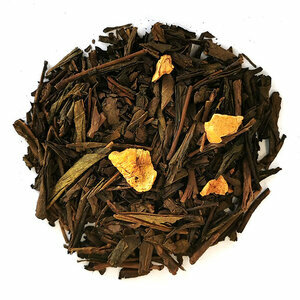 HÔJICHA APPLE
HÔJICHA APPLE
Hτjicha Green tea | Japan
from 6,10
HÔJICHA APPLE
HÔJICHA APPLE
Hτjicha Green tea | Japan
from 6,10
in perfect harmony
with tea houjicha.
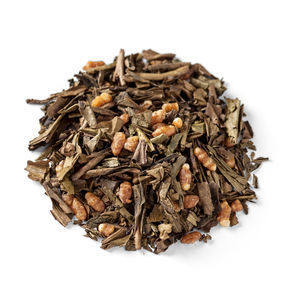 HÔJI-GENMAÏCHA "KIRISHIMA"
HÔJI-GENMAÏCHA …
Hτjicha Green tea | Japan
from 5,80
HÔJI-GENMAÏCHA "KIRISHIMA"
HÔJI-GENMAÏCHA …
Hτjicha Green tea | Japan
from 5,80
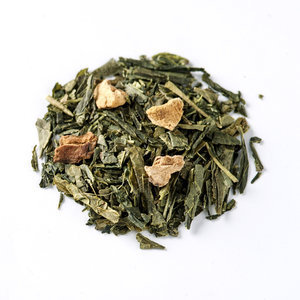 TSUGARU GREEN
TSUGARU GREEN
Green tea | Japan
from 6,10
TSUGARU GREEN
TSUGARU GREEN
Green tea | Japan
from 6,10
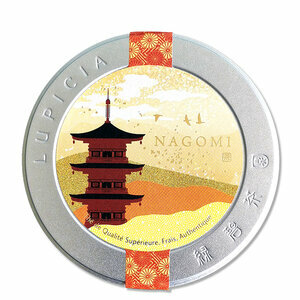 NAGOMI
NAGOMI
Hτjicha Green tea | Japan
from 7,90
NAGOMI
NAGOMI
Hτjicha Green tea | Japan
from 7,90
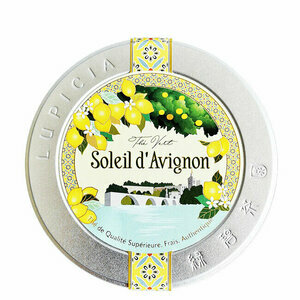 SOLEIL D'AVIGNON
SOLEIL D'AVIGNON
Green tea | Japan
from 6,80
SOLEIL D'AVIGNON
SOLEIL D'AVIGNON
Green tea | Japan
from 6,80
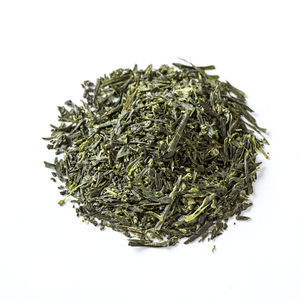 GYOKURO "KATSURA"
GYOKURO "KATSURA"
Gyokuro green tea | Japan
from 26,00
GYOKURO "KATSURA"
GYOKURO "KATSURA"
Gyokuro green tea | Japan
from 26,00
a traditional garden
in Kyoto.
 SENCHA "TENJIN"
SENCHA "TENJIN"
Sencha green tea | Japan
from 18,00
SENCHA "TENJIN"
SENCHA "TENJIN"
Sencha green tea | Japan
from 18,00
and silky flavors.
Rich in catechin.
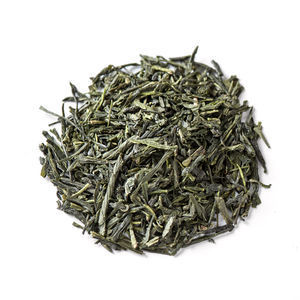 SENCHA "TAKACHIHO"
SENCHA "TAKACHIHO"
Sencha green tea | Japan
from 7,80
SENCHA "TAKACHIHO"
SENCHA "TAKACHIHO"
Sencha green tea | Japan
from 7,80
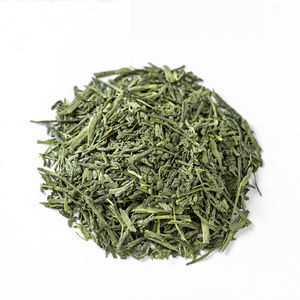 SENCHA "KAMO"
SENCHA "KAMO"
Sencha green tea | Japan
from 13,90
SENCHA "KAMO"
SENCHA "KAMO"
Sencha green tea | Japan
from 13,90
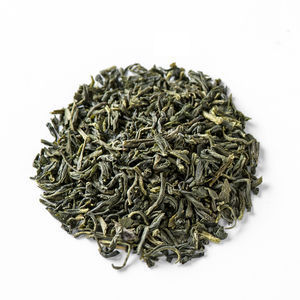 KAMA-IRI CHA "HYÛGA"
KAMA-IRI CHA "HYÛGA"
Kama-iri cha green tea | Japan
from 11,50
KAMA-IRI CHA "HYÛGA"
KAMA-IRI CHA "HYÛGA"
Kama-iri cha green tea | Japan
from 11,50
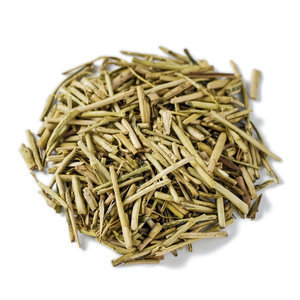 HÔJICHA "ATAGO"
HÔJICHA "ATAGO"
Hτjicha green tea | Japan
from 12,90
HÔJICHA "ATAGO"
HÔJICHA "ATAGO"
Hτjicha green tea | Japan
from 12,90
Ιdition limitιe !
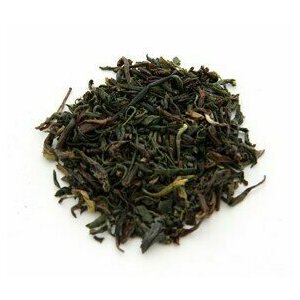 BONAPARTE N°40
BONAPARTE N°40
Black tea + Green tea | Japan
from 6,80
BONAPARTE N°40
BONAPARTE N°40
Black tea + Green tea | Japan
from 6,80
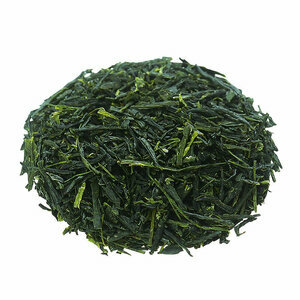 SENCHA "AYA"
SENCHA "AYA"
Sencha green tea | Japan
from 13,10
SENCHA "AYA"
SENCHA "AYA"
Sencha green tea | Japan
from 13,10
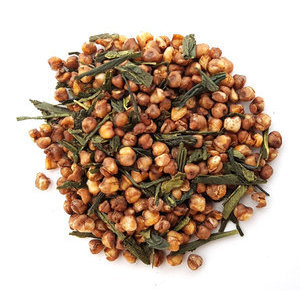 SOBACHA "AZUMINO"
SOBACHA "AZUMINO"
Sobacha Green tea | Japan
from 5,80
SOBACHA "AZUMINO"
SOBACHA "AZUMINO"
Sobacha Green tea | Japan
from 5,80
and roasted rice.
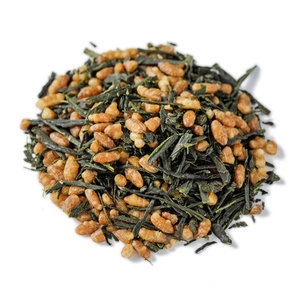 GENMAÏCHA "FUGEN"
GENMAÏCHA "FUGEN"
Genmaοcha Green tea | Japan
from 5,80
GENMAÏCHA "FUGEN"
GENMAÏCHA "FUGEN"
Genmaοcha Green tea | Japan
from 5,80
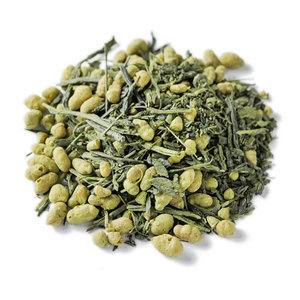 MATCHA GENMAÏCHA "KAÏMON"
MATCHA GENMAÏCHA …
Genmaοcha Green tea | Japan
from 6,50
MATCHA GENMAÏCHA "KAÏMON"
MATCHA GENMAÏCHA …
Genmaοcha Green tea | Japan
from 6,50
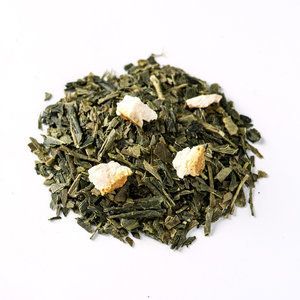 GRAPEFRUIT GREEN
GRAPEFRUIT GREEN
Green tea | Japan
from 6,20
GRAPEFRUIT GREEN
GRAPEFRUIT GREEN
Green tea | Japan
from 6,20
 CHERRY SAKURAMBO GREEN
CHERRY SAKURAMBO GREEN
Green tea | Japan
from 6,80
CHERRY SAKURAMBO GREEN
CHERRY SAKURAMBO GREEN
Green tea | Japan
from 6,80
and sour Japanese plums.
 PLUM GREEN
PLUM GREEN
Green tea | Japan
from 6,80
PLUM GREEN
PLUM GREEN
Green tea | Japan
from 6,80
 BELLE JOURNÉE
BELLE JOURNÉE
Green tea | Japan
from 6,80
BELLE JOURNÉE
BELLE JOURNÉE
Green tea | Japan
from 6,80
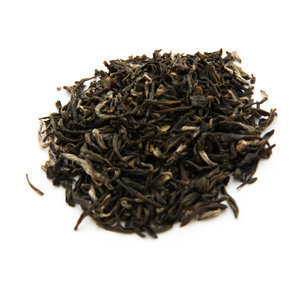 FLEURS DE PARADIS
FLEURS DE PARADIS
Green tea | China
from 7,70
FLEURS DE PARADIS
FLEURS DE PARADIS
Green tea | China
from 7,70
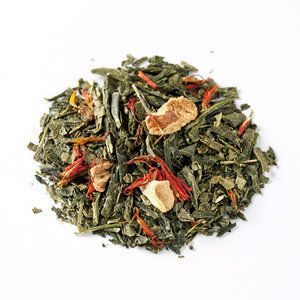 APPLE & BERRY
APPLE & BERRY
Green tea | Japan
from 6,10
APPLE & BERRY
APPLE & BERRY
Green tea | Japan
from 6,10
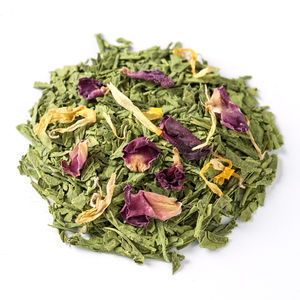 STRAWBERRY & VANILLA
STRAWBERRY & VANILLA
Green tea | Japan
from 6,50
STRAWBERRY & VANILLA
STRAWBERRY & VANILLA
Green tea | Japan
from 6,50
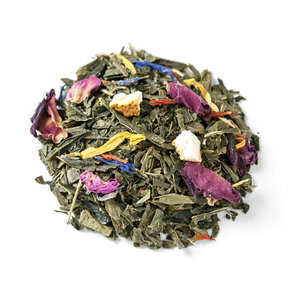 PARADISE GREEN
PARADISE GREEN
Green tea | Japan
from 6,10
PARADISE GREEN
PARADISE GREEN
Green tea | Japan
from 6,10
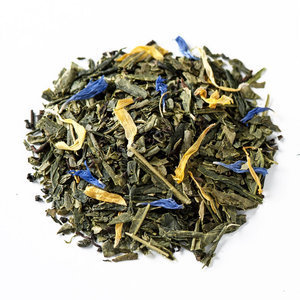 PERFECTO
PERFECTO
Green tea | Japan
from 6,20
PERFECTO
PERFECTO
Green tea | Japan
from 6,20
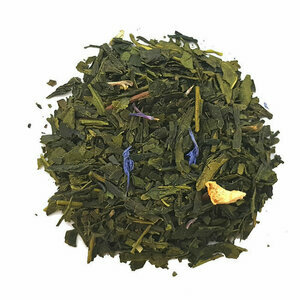 MATRYOSHKA
MATRYOSHKA
Green tea | Japan
from 6,50
MATRYOSHKA
MATRYOSHKA
Green tea | Japan
from 6,50
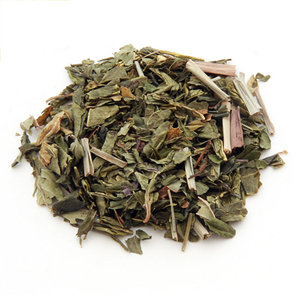 MINT CITRONELLA
MINT CITRONELLA
Green tea | Japan
from 5,50
MINT CITRONELLA
MINT CITRONELLA
Green tea | Japan
from 5,50
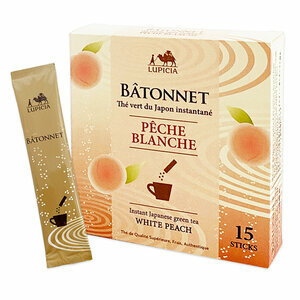 BÂTONNET WHITE PEACH
BÂTONNET WHITE PEACH
Green tea powder | Japan
BÂTONNET WHITE PEACH
BÂTONNET WHITE PEACH
Green tea powder | Japan
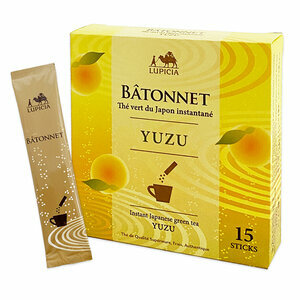 BÂTONNET YUZU
BÂTONNET YUZU
Green tea powder | Japan
BÂTONNET YUZU
BÂTONNET YUZU
Green tea powder | Japan
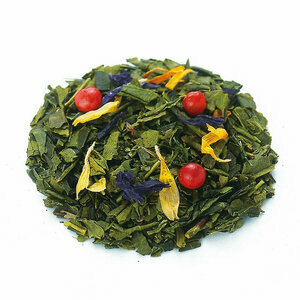 AKANE
AKANE
Green tea | Japan
from 6,30
AKANE
AKANE
Green tea | Japan
from 6,30
LEARN MORE ABOUT JAPANESE GREEN TEAS
In Japan, green tea (Nihon-cha) represents more than 99% of national production and comes mostly from the islands of Kyushu and Honshu. There are different varieties of green teas: Sencha, Genmaïcha, Gyokuro, Hojicha, Matcha, Bancha etc...
The harvest of green tea is made from mid-April to the end of September on 4 harvests.
> The first harvest (April - May), reputed to produce a more refined and less astringent tea than the following ones.
> 2nd harvest (June - July)
> 3rd harvest (July - August)
> 4th harvest (August - September)
Green teas are known for their many benefits and therapeutic properties, which vary from variety to variety. Generally speaking, green teas are rich in antioxidants, vitamins C and amino acids. Among these antioxidants, we can mention the presence of catechin which slows the progression of free radicals in the body and therefore the appearance of cancers.
Sencha is the variety of green tea which occupies the largest share in Japanese production (nearly 70%). With its vegetal and sometimes iodine aroma when grown by the seaside, sencha features needle-shaped leaves with a dark green color. It is produced virtually across the country. Unlike other types of teas which are protected from the sun at some point in their cultivation, Sencha, on the other hand, is fully exposed in the tea fields.
At LUPICIA, attention is paid not only to the gardens and their method of making, but also through the variety of tea plants used. Although Yabukita is the most widely grown variety in Japan, there are other unique and equally aromatic varieties of tea plants.
During each new tea harvest, mainly from March to June, we buy green teas from selected producers throughout the country. Some tea masters continue to use traditional methods such as leaf roasting and their production is only available in small quantities.
The passion and know-how of producers who continue to cultivate and research new varieties and flavors allow Japanese teas to be recognized for their high quality and finesse. Japanese tea is an integral part of daily life in Japan, it is consumed every day whether in hot or iced tea.


